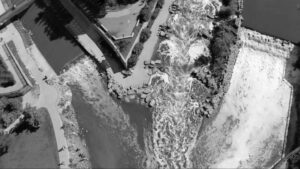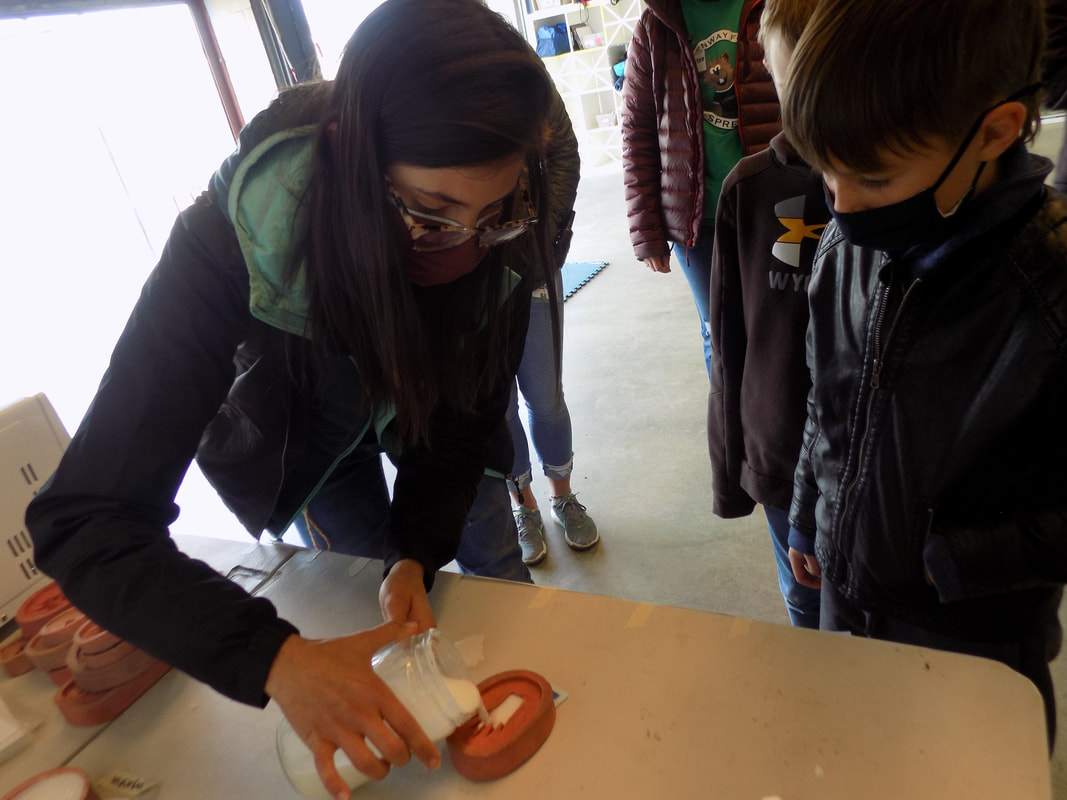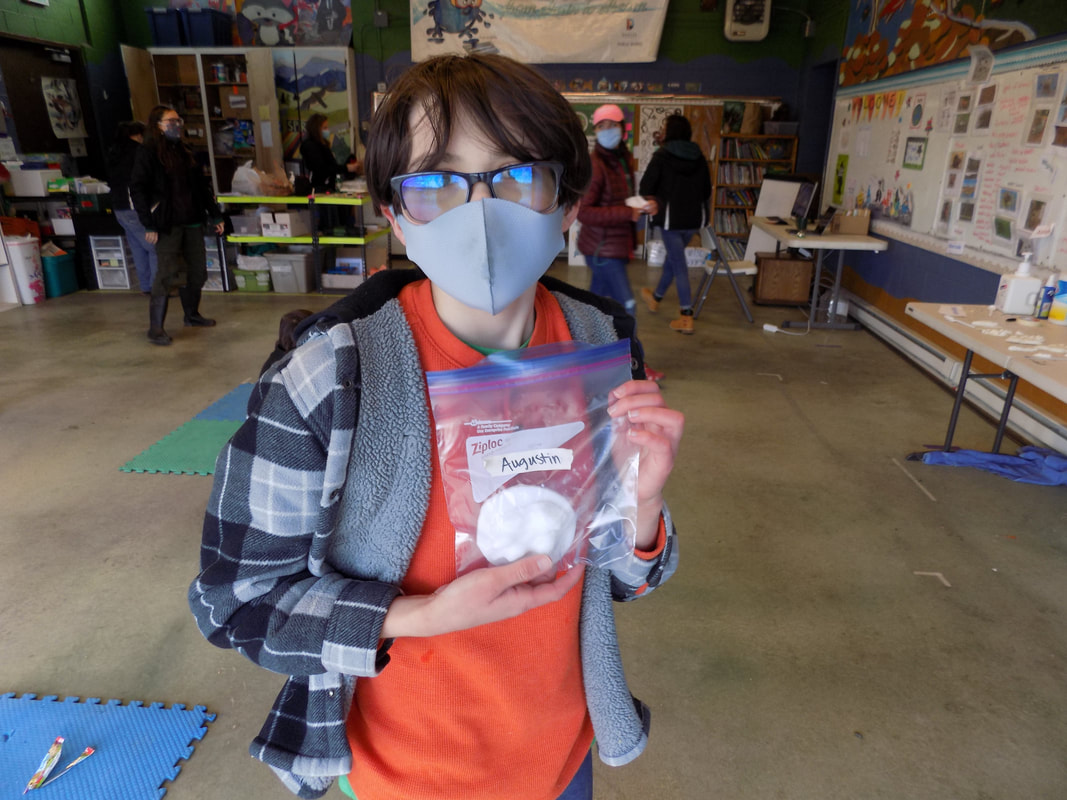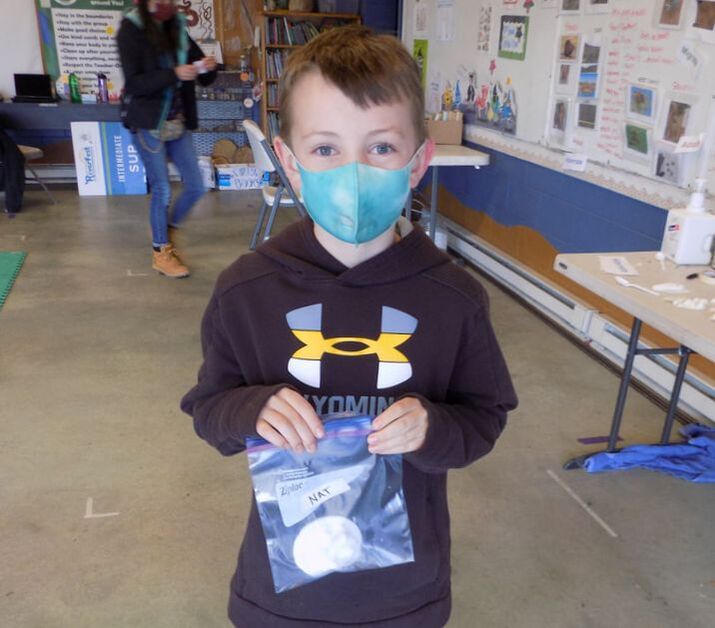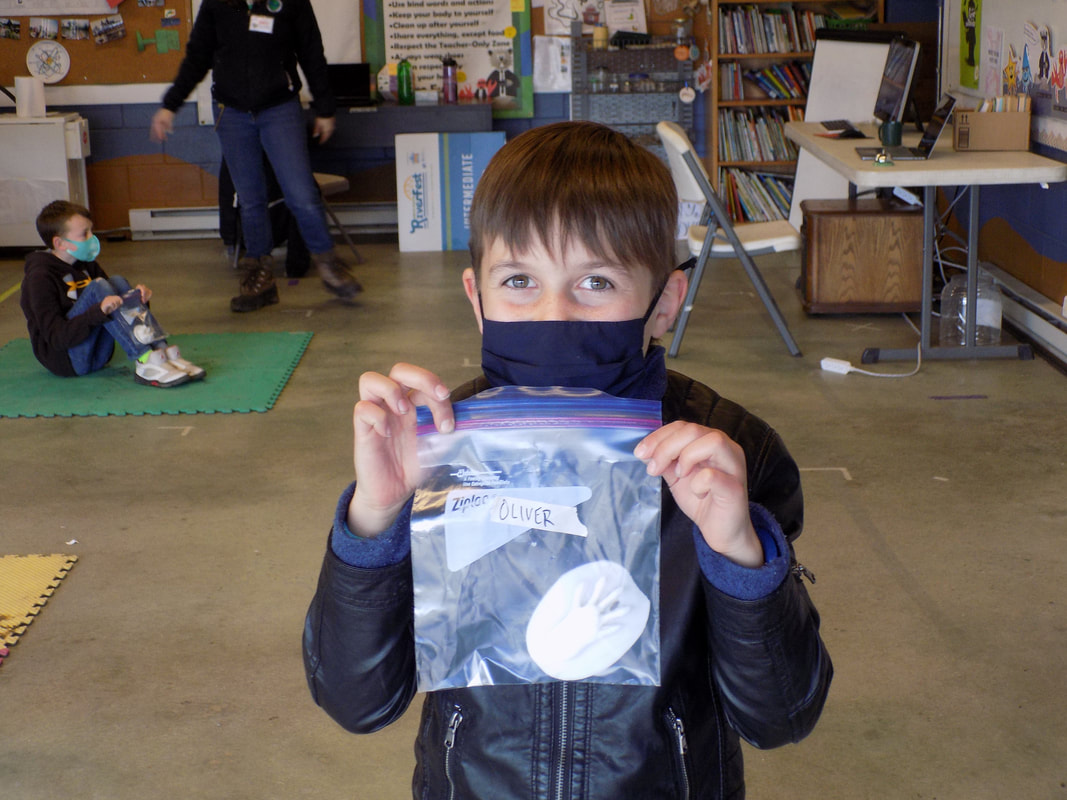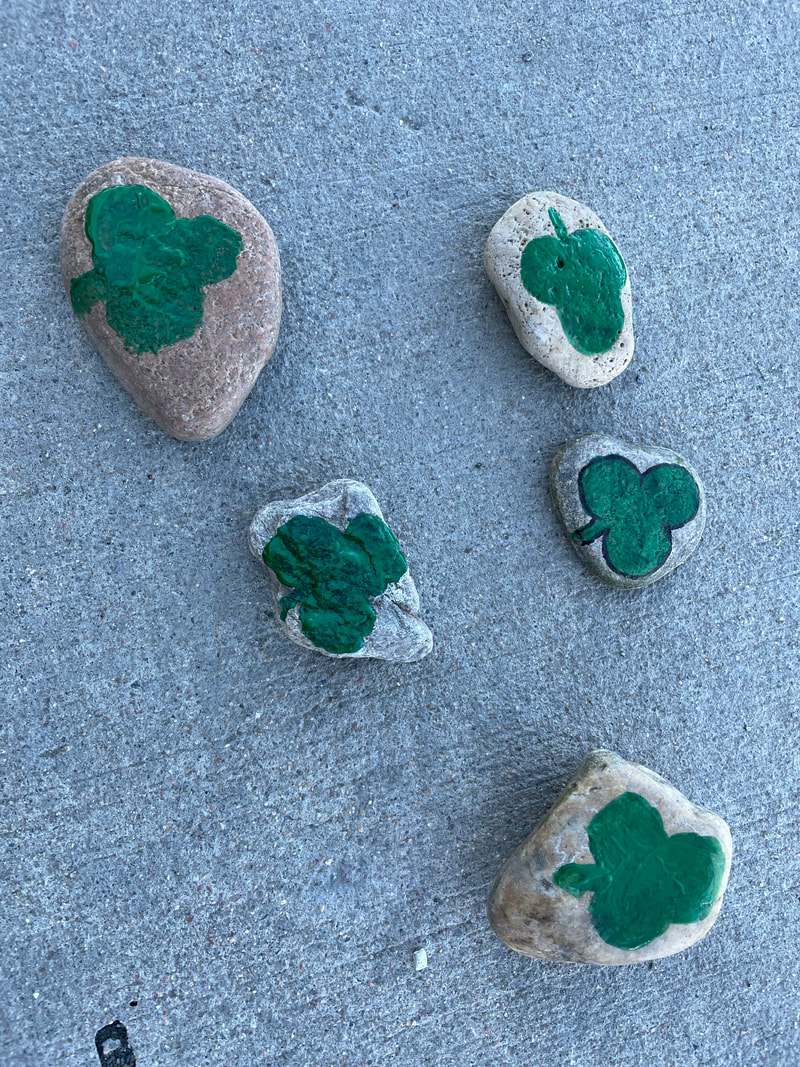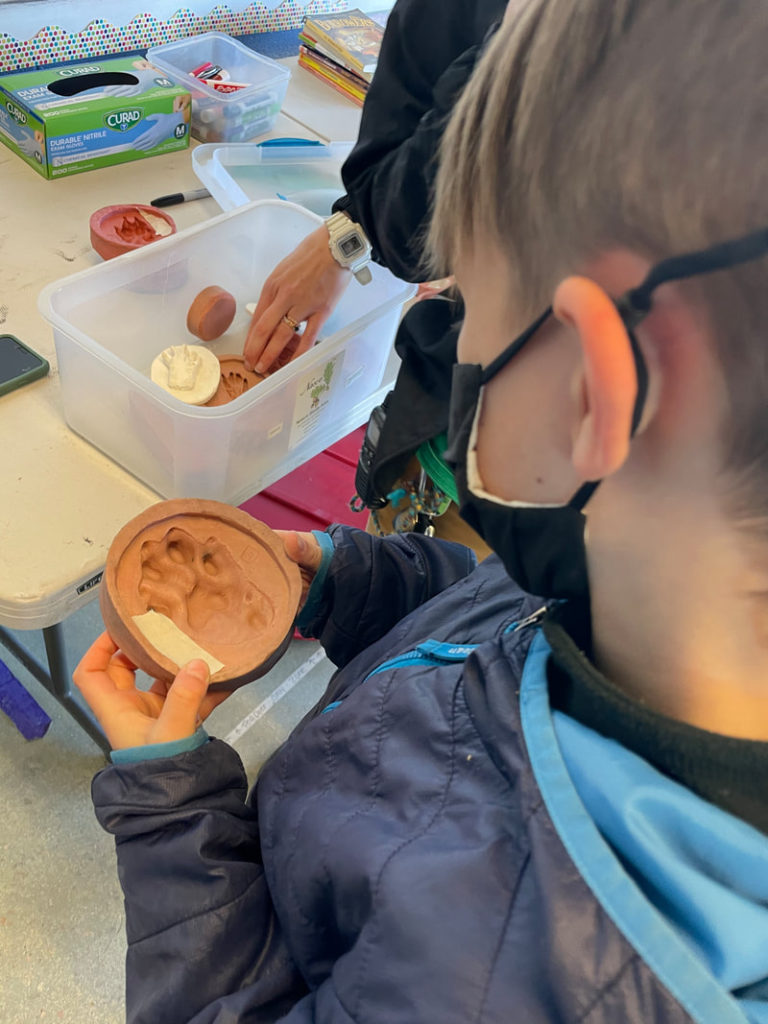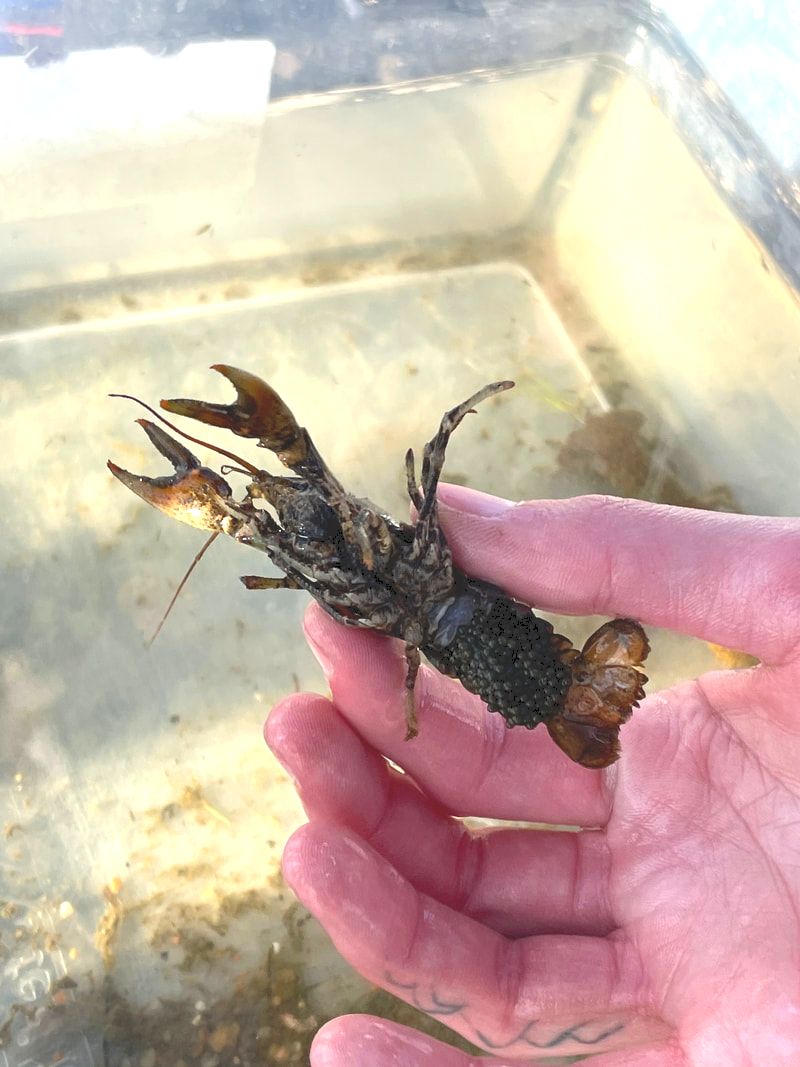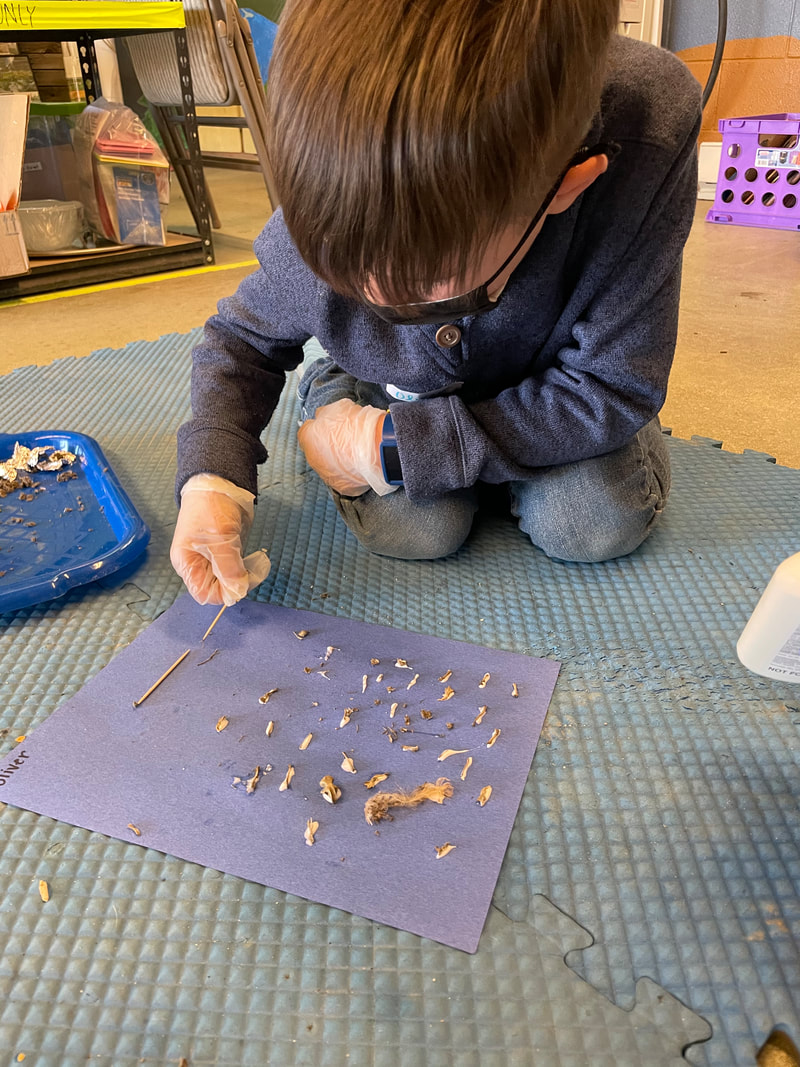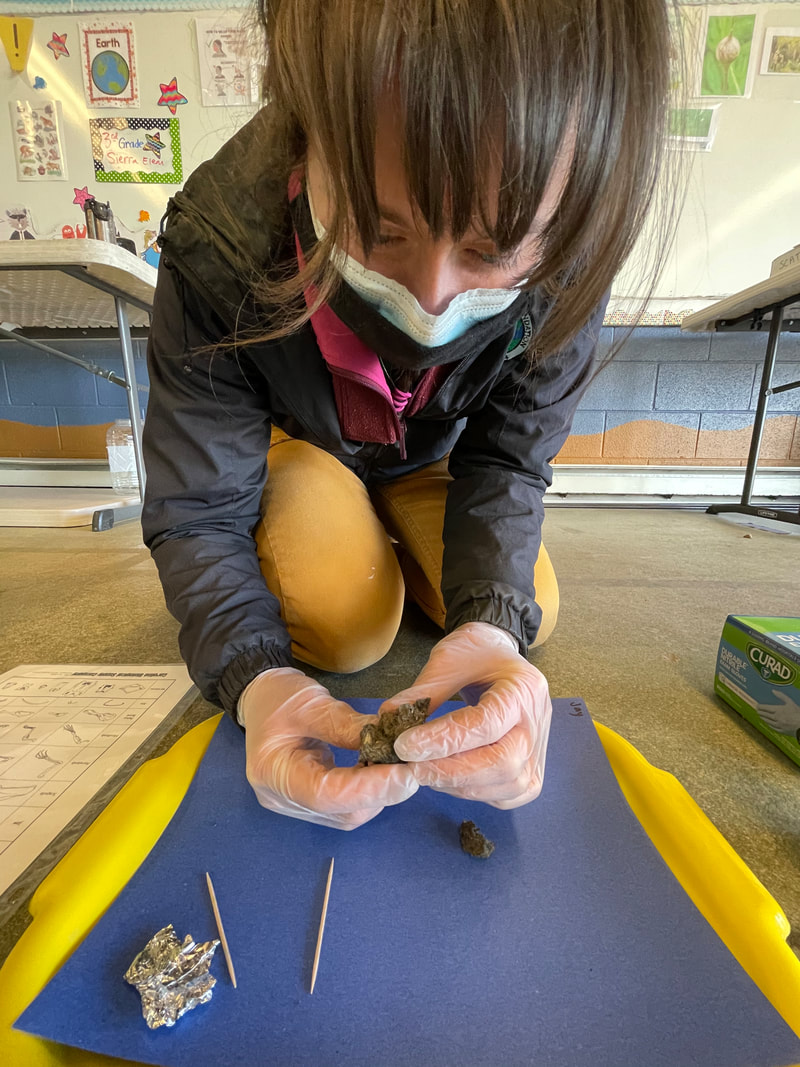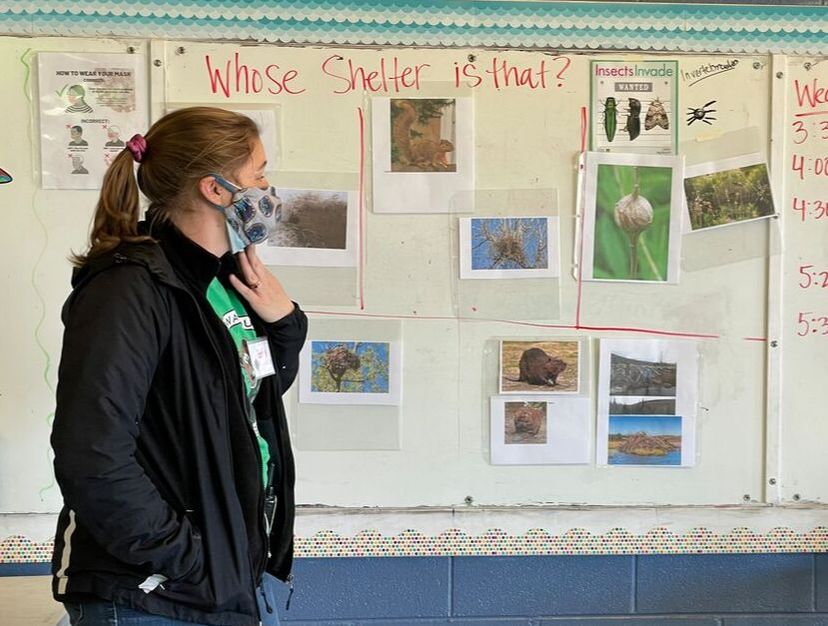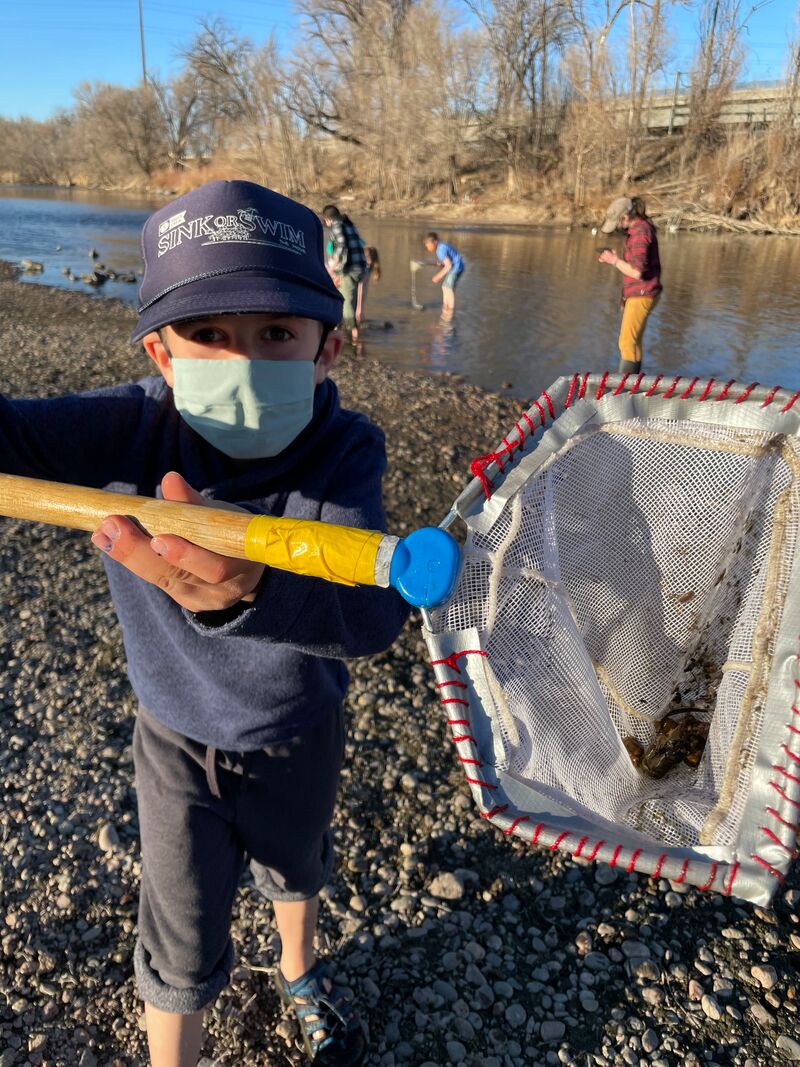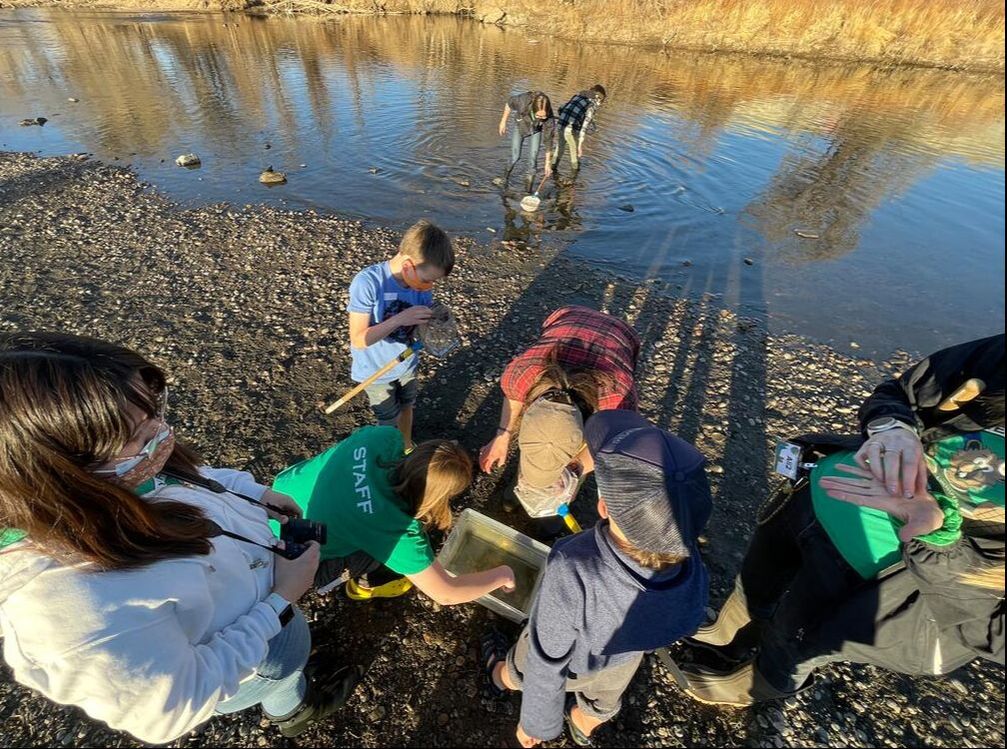Week 4: SPring is here!
|
Our last day of After School was all about spring! We talked about all the signs of animals we have learned so far, like tracks, scat, and shelters. But with spring arriving, animals will be starting to emerge and become more active. Campers discussed what animals might hibernate or migrate during the winter and which animals may just adapt. But how do animals know when spring is arriving? Just like us, they notice the longer and warmer days, more water and food available, more activity in the parks, birds start flying more and plants start growing! Campers discovered other signs of animals like sounds, fur and feathers, scratches and chew marks, spider webs, and even more insects in and around the water!
|
Week 3: Whose track is that?
|
This week, our After School session fell on St. Patrick’s day, so to celebrate, we had campers make lucky rocks to hide around the park for others to find for good luck! Campers picked a rock and used a clover stamp made of recycled corks. After perfecting their “Sham-Rocks”, we walked through the park to hide our lucky rocks for other park goers to find for good luck.
After some St. Patrick’s day fun, campers learned all about animal tracks. Using their keen observation skills, campers expertly matched the tracks to the animals in no time. We discussed the different things tracks can tell you, like the size of the animal, what it’s feet look like, and how it moves. Campers also got to see some animal track molds and test their identification skills. |
|
Despite the cold weather and snow, the SPREE team, River Ranger Adele, and campers headed down to the river for a chilly evening Critter Crawl. The snow and wet mud made it super easy to find some animal tracks in the park on the way to Critter Crawl. We saw a lot of goose, duck, and canine tracks.
Unfortunately for campers (but good for Colorado!), the South Platte River was way too deep and flowing very fast from all of the snow melt. We headed back to the classroom for a snack and another craft. Campers were able to make their own animal track stamp so they could make their own tracks in the snow! |
Week 2: Whose Scat is that?
|
Scat (the scientific word for poop) was the word of the day at our second day of our After School Series: Signs of Wildlife. This week, we switched it up a bit and started off with our favorite activity- Critter Crawl! River Rangers Alia and Lauren also joined SPREE teachers and campers this week for their very first Critter Crawl. We cha
llenged the campers to beat their crawdad catch of 13 from last week. We may have only caught 8, but Ranger Alia caught her very first crawdad and one of them was carrying eggs! How many eggs do you think she was carrying? Female crawdads can hold hundreds of eggs under her long swimmeretes, which are appendages adapted for swimming and carrying eggs. One of the first signs of spring, crawdad eggs will hatch in a few weeks and can take up to 4 months to reach adult size. |
Finally, campers learned about the difference between bird scat and a bird pellet. A pellet, often referred to as a casting, is a mass of undigested parts of a bird’s food, like bones and fur and is a way for birds of prey, like hawks and owls, to remove these from their digestive system. You can tell a lot about a bird’s diet by dissecting these pellets. And that is exactly what campers did!
Although some were hesitant at first, campers had a blast dissecting pellets and we discovered all kinds of bones, like teeth, jaws, leg bones, and even a full rodent skull! The SPREE team may have even had more fun than the campers!
Week 1: Holes, Burrows, & Nests, Oh My!
|
To kick off our first After School series of 2021, we learned about the needs of animals, such as food, water and shelter, and different types of shelters they may inhabit. SPREE teachers, including our newest educator, Ali, and River Rangers, Taylor and Hailey, had so much fun with our campers learning about and looking for signs of wildlife in Johnson-Habitat park!
|
|
Campers learned about all kinds of different shelters they may see in the park, like holes and burrows, bird and squirrel nests, beaver dams, insect shelters and more. Our campers are so smart that they were able to identify the resident animal of ALL of the shelters we showed them! They were even given a Nature Journal with an ID chart to help them identify shelters in the park or at home.
Of course, campers were so excited about our must-do activity: Critter Crawl! SPREE teachers, River Rangers, and campers found so many macroinvertebrates, or animals without a spine that we can see with our eyes, while exploring the River. We caught 13 crawdads, our favorite macroinvertebrate, and our River Ranger Hailey even caught her very first crawdad! The campers also learned about where crawdads like to make shelter: under rocks and hiding in river debris |
|
We also found a few leeches, sowbugs, and native snails, as well as the invasive New Zealand Mud Snail. Campers not only learned about this invasive species and how it got here but were also able to see how tiny they are in person.
After an exciting Critter Crawl, we headed back to the classroom for some free time, where campers could work in their journal, make their own animal shelter out of natural materials, create a craft, or go to the playground. We all had a blast at our first in-person program of the year! |

